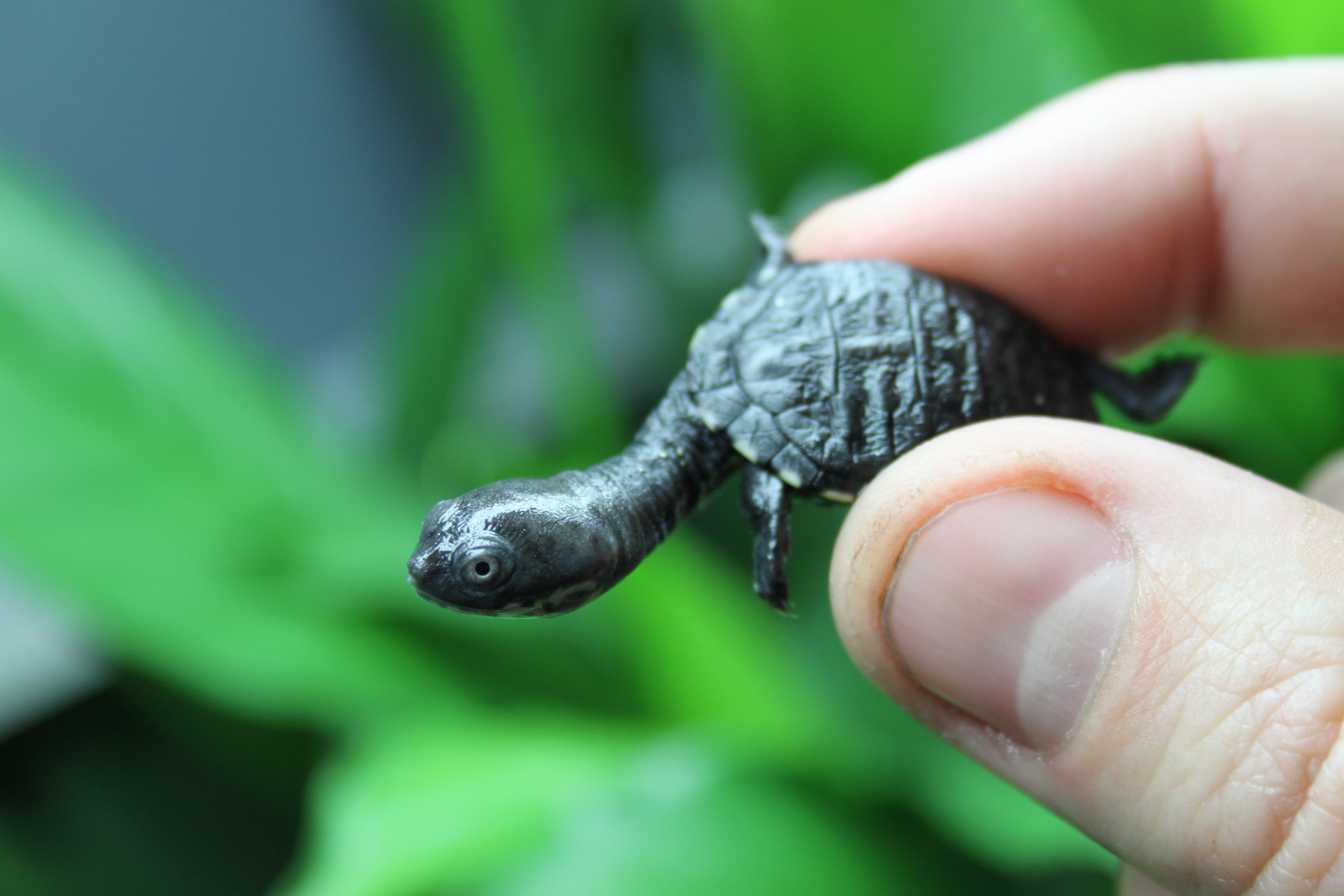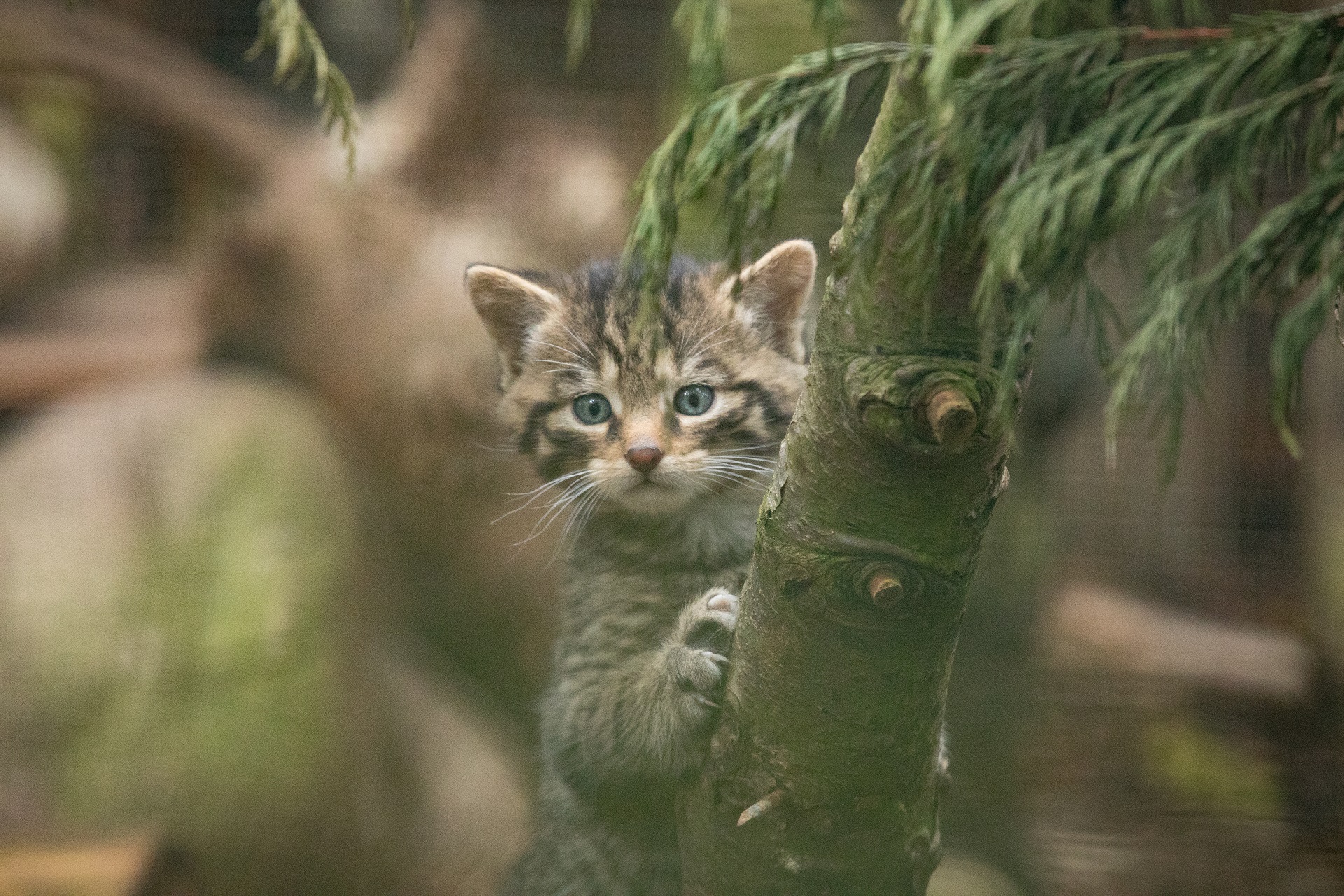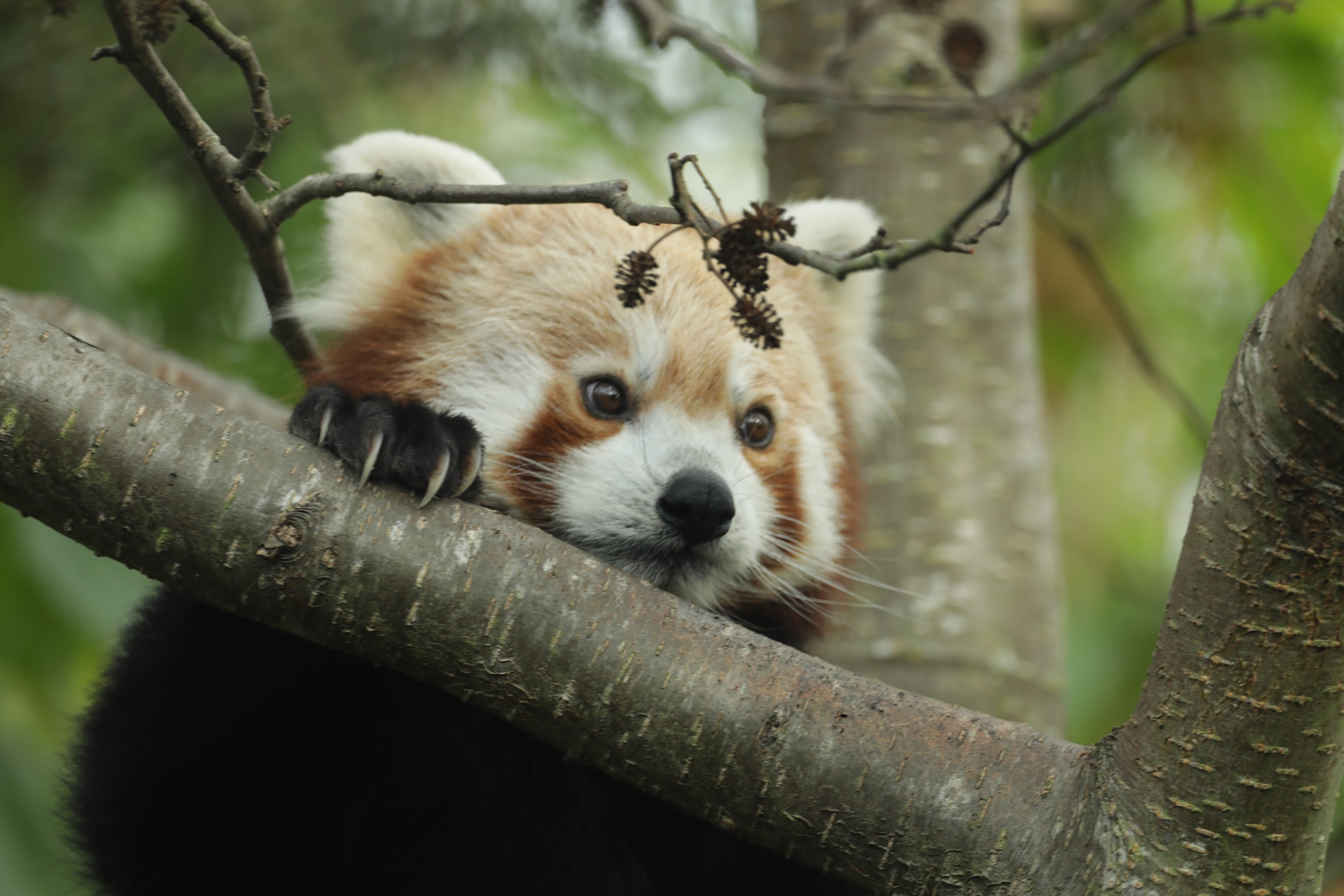Species spotlights | Roti Island snake-necked turtle
Posted 9 Dec 2022

As part of the Royal Zoological Society of Scotland (RZSS) 2030 strategy, our wildlife conservation charity has pledged to reverse the decline of at least 50 species by working in Scotland and around the world.
It is important to protect animals of all shapes and sizes, but species protection alone means nothing without protecting their habitats too.
Species depend on habitats, and together they form our planet’s essential ecosystems – both habitats and species must function in harmony to create a sustainable, abundant and diverse life on earth.
Recovery efforts need to be truly collaborative between organisations, governments, and communities. Only together can we create a world where nature is protected, valued and loved.
During the UN Biodiversity Conference (COP15), we will be speaking with our conservation partners around the world, to discover more about the species they are working to protect.

Emma Nygren is a conservation biologist and the head of conservation programmes at Nordens Ark in Sweden. She is responsible for the management of Nordens Ark's conservation programmes, both nationally and internationally. Her main interest lies in conservation breeding and reintroduction of threatened species. RZSS collaborates with Emma and her team on various projects including Saving Wildcats.
RZSS is working with you to protect the Roti Island snake-necked turtle. Can you tell us a little bit about why the species has become so threatened?
The Roti Island snake-necked turtle is one of 32 species of freshwater turtles and tortoises in Indonesia, and one of the rarest turtles in the world. They’re currently listed as Critically Endangered by the IUCN.
Although there are still a few of these animals left in the wild, they have been heavily targeted for the international pet trade, which has nearly driven the species to the brink of extinction.
As well as this demand for the species as pets, they have faced problems with invasive species and habitat loss.
What kind of habitat does the Roti Island snake-necked turtle need to live in?
The turtles live in shallow inland lakes, swamps and marshlands, and have also been found in rice paddies and other fields.
Luckily, there is still suitable habitat for this species out there.
Can you tell us a bit about what is happening to protect the species?
As with most conservation projects, there's a few different things addressing a few different needs.
It is important to establish how many of these turtles are still in the wild and this involves surveys of places where they were once found, as well as places where we still know they are.
In areas where no individuals have been found, there are ongoing plans to reintroduce the species. To do this, a breeding-for-release centre has been built with efforts to start to develop a genetically diverse captive population.
As part of this reintroduction work, some invasive species control will take place too, to ensure the habitat is right for the turtles.
Another branch of this work involves genetic analysis of the captive turtles in order to start a breeding studbook. Working with the RZSS WildGenes lab based at Edinburgh Zoo, the European zoo population of snake-necked turtles are being genetically tested, to make sure the correct subspecies is bred and can be part of the release programme.
This genetic testing can also be used to assess any hybridisation and create a pedigree (or family tree) and guarantee there is no interbreeding.
The Roti Island snake-necked turtle is probably a species that people have rarely heard of.
Why is it important to protect species like this, that people might not have heard of?
Looking at every species of turtle and tortoise across the globe, more than half of them are at risk of extinction. They are one of the most threatened vertebrate groups in the world.
These are species that have been around for about 230 million years. So, they were roaming the earth at the same time as dinosaurs! It would be such a shame to see these ancient creatures gone all together.
Turtles and tortoises also have important roles in the ecosystem in which they are found. They act as everything from seed dispersers to scavengers.
Now is the time
With more than a million species at risk of extinction, our planet’s life support system is in crisis and the time to act is now. RZSS has pledged to reverse the decline of at least 50 species by 2030, from wildcats in Scotland, to chimpanzees in Uganda.
Together, we can help create a world where nature is protected, valued and loved.
Find out more about our wildlife conservation charity’s 2030 strategy by visiting rzss.org.uk/about.
Discover more species spotlights:

